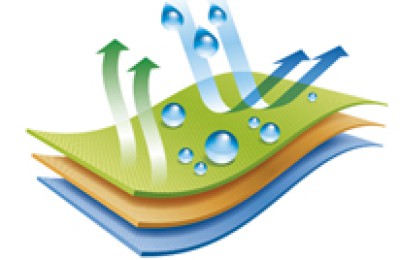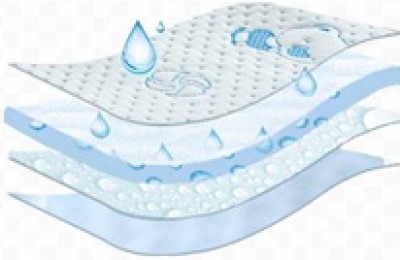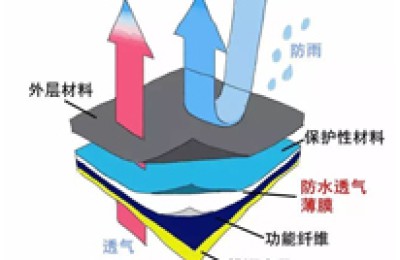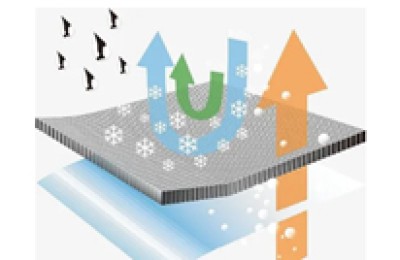The country of origin preferences granted by the Generalized System of Preferences have benefited my country’s foreign trade companies a lot. It is reported that the average tariff reduction range for GSP certificates of origin and regional preferential certificates of origin issued by entry-exit inspection and quarantine departments is around 6%. Relevant people suggest that companies should actively apply for certificates of origin when exporting products to foreign markets, make full use of tariff preferences, and improve export competitiveness.
It was learned at the National Quality Supervision, Inspection and Quarantine Work Conference that in 2013, China’s exports received about US$7.2 billion in tariff reductions and exemptions from importing countries.
Although it is not possible to obtain the catalog of tariff-free products, experts interviewed by the reporter analyzed that China’s acceleration in promoting the free trade zone strategy and the preferential treatment provided by the Generalized System of Preferences are the most important reasons. Among them, various origins The “coupon” role of certificates cannot be underestimated.
The Generalized System of Preferences is still warm
A certificate of origin is a document issued by a specific agency in the country where the goods are exported to certify the place of production and manufacture of the goods. In international trade, because it indirectly produces greater economic benefits, it is regarded by many importers as a “coupon” to reduce the cost of goods. my country’s foreign trade companies have benefited a lot from the origin preferences granted by the Generalized System of Preferences.
Zhou Shijian, a senior researcher at the Center for Sino-U.S. Relations at Tsinghua University, said, Currently, about 40 countries in the world provide my country with GSP tariff preferences. Holding a GSP certificate of origin can grant my country GSP tariff preferences. Countries with preferential tariff preferences receive higher tariff preferences than most-favored-nation status. “In export trade, when enterprises negotiate with each other, they can use the preferential policies provided by the certificate of origin to share trade profits with trading partners and enhance the competitiveness of enterprises.” However, Zhou Shijian also admitted frankly that due to the benefits provided by developed countries to developing countries The tariff preferences are decreasing year by year, and the number of GSP certificate visas is declining.
In fact, the Canadian Ministry of Finance has announced that it intends to remove specific countries from Canada’s list of beneficiaries of Canada’s general preferential tariffs starting from July 1, 2014. China is on the list. The European Union will also implement a new Generalized System of Preferences program starting in 2014. Tariff reductions and exemptions for more products in my country will be cancelled. It is expected that the number of GSP visas will further decline.
The latest statistics released by the Nantong Entry-Exit Inspection and Quarantine Bureau show that in 2013, the bureau issued a total of 37,921 preferential certificates of origin of various types, with a visa value of more than 1.77 billion U.S. dollars, and tariff reductions and exemptions for enterprises of about 51 million U.S. dollars. Among them, the “Cross-Strait Framework Agreement” (ECFA) certificates led the increase in growth, followed closely by the Asia-Pacific Trade Agreement preferential certificates of origin, and China-Chile and China-ASEAN regional preferential certificates of origin also performed well. On the contrary, both the number of GSP certificate of origin visas and the amount of visas fell by about two percentage points year-on-year, showing a slight decline.
The free trade zone is gaining momentum
Of the total global trade, more than 98% occurs among WTO members, and more than 60% of the trade volume occurs within regional trade agreement members. The growth of international trade volume is largely based on free trade areas. Based on the rapid development of internal trade. “The trade volume within the regional trade agreement system has been equal to that of the WTO multilateral trading system, and is fundamentally changing the landscape of world investment and trade. With a regional preferential certificate of origin, specific products between agreement member states will enjoy reciprocal tariff reductions Treatment.” Zhao Yumin, director of the International Market Department of the Research Institute of the Ministry of Commerce, told the International Business Daily reporter that in most of the free trade zones built in our country, zero tariffs are implemented on more than 90% of imported products, which has won my country’s free trade partners equal or even greater trust. High level of market opening.
In 2013, as my country’s third largest trading partner, the bilateral trade volume between ASEAN and my country reached US$443.61 billion, an increase of 10.9%. “It can be said that the construction of the free trade zone played an indispensable role in it.” Zhao Yumin said.
Since 2013, China has significantly accelerated its free trade zone strategy, signing a “milestone” free trade agreement with Iceland, signing a free trade agreement with Switzerland, and marking the fifth anniversary of the signing of the free trade agreement with New Zealand. This year also saw fruitful results. Negotiations with Australia will resume in May. In addition, China-South Korea and China-Japan-South Korea free trade area negotiations will also make new progress this year.
It is reported that the average tariff reduction range for GSP certificates of origin and regional preferential certificates of origin issued by entry-exit inspection and quarantine departments is around 6%. Relevant persons from the Inspection and Quarantine Bureau suggest that enterprises should actively apply for certificates of origin when exporting to foreign markets, make full use of the origin visa policy to enjoy tariff preferences, improve export competitiveness, and expand their share of the international market.





